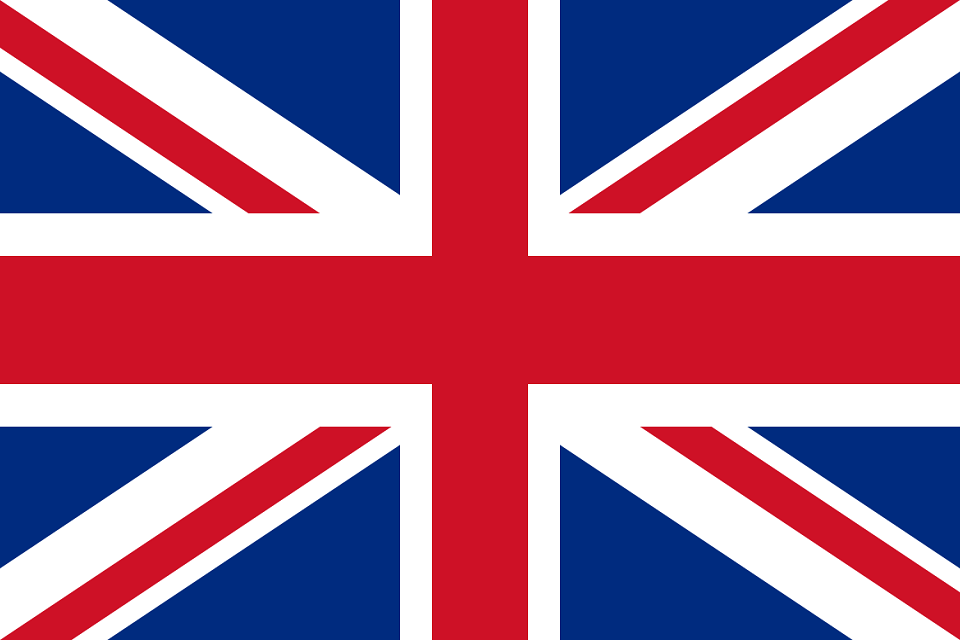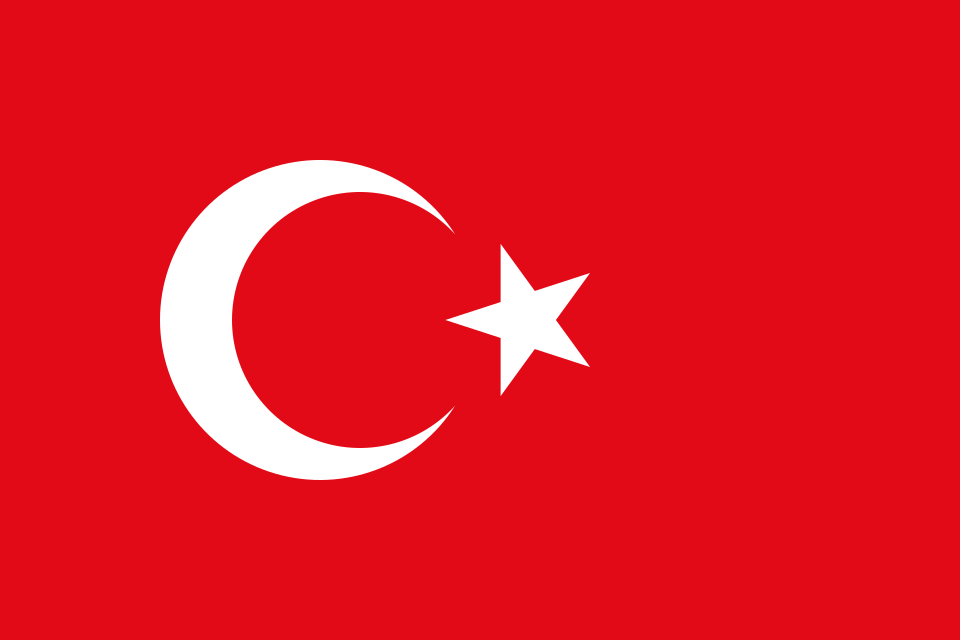Bowleg treatment is a treatment method that corrects congenital or developmental deformities in the legs, making them symmetrical, functional, and aesthetically compatible. The legs are one of the most important parts of the body, enabling us to carry our body weight and perform daily activities such as running and walking thanks to their broad, long bones. However, in some cases, congenital or developmental factors can cause deformities in the legs. While these deformities typically do not cause functional issues, they can be aesthetically displeasing. For this reason, individuals who complain of deformities known as bowlegs, O-legs, or X-legs seek treatments such as bowlegs treatment or bowlegs surgery to achieve the ideal shape for their legs. With these treatments, the legs can achieve a more aesthetically and functionally harmonious appearance. Bowleg treatment is also performed in Ankara by Prof. Dr. Ali Fuat Karataş. You can contact us for more information.
What is Bowlegs?
Bowlegs is a condition in which the legs are uneven and do not appear harmonious. There are two main types of this appearance. First, the type known as O-legs creates a space between the legs that resembles the letter “O” when the feet are brought together. The other type of bowlegs is called X-legs, where the legs are bent in a crossed manner and directed outward. Bowlegs treatment helps eliminate these types of appearances and restore the legs to an ideal appearance.
Why Do Legs Become Crooked?
Crooked legs can result from various causes. These include the baby's position in the womb and factors such as vitamin D deficiency. Additionally, genetic predisposition is believed to play a role in the development of crooked legs.
Crooked legs can result from several different causes:
- Genetic Factors: If there are specific characteristics related to leg shape in the family, these can be genetically inherited.
- Muscle Imbalance or Weakness: Uneven development or weakness of the leg muscles can cause the legs to appear crooked.
- Posture Problems: Poor posture or incorrect alignment can lead to misalignment of the legs.
- Injuries or Fractures: Leg injuries or fractures, especially during the growth period, can prevent the legs from developing properly.
- Disorders or Diseases: Certain muscle or bone disorders can affect the shape of the legs.
- If the legs are crooked, it is important to consult an orthopedic specialist and determine the causes of the condition.

What Are the Symptoms of Bowed Legs?
Bowed legs are medically referred to as “bowed legs” or “varus deformity.” They can result from various conditions that may be present from birth or develop later in life. Symptoms may include:
- Appearance: Legs that curve outward or inward.
- Difficulty Walking: Bowed legs can cause imbalance while walking and may affect walking ability.
- Pain or Discomfort: Bowed legs may cause pain or discomfort, especially due to joint or muscle tension related to the curvature of the legs.
- Joint Wear: Long-term varus deformity can lead to joint wear and the development of early osteoarthritis (joint calcification).
- Difference Between Legs: If it develops during childhood, the difference between the legs may become noticeable, and a visible curvature may emerge.
- Postural Abnormalities: Bowed legs can cause postural abnormalities and affect a person's posture.
- Effects on Other Systems: In some cases, bowed legs may be associated with other health issues (such as congenital hip dislocation) and may also cause symptoms.
Bowlegs are generally a condition that should be evaluated by a doctor. Treatment options may vary depending on the degree of curvature, age, and underlying causes. Therefore, it is important to consult a healthcare professional if symptoms of bowlegs are noticed.
Treatment for Bowlegs
Treatment for bowlegs may vary depending on the cause and severity of the bowing, as well as the patient's age. Treatment is usually carried out using a combination of one or more methods. In some cases, bowlegs may be mild and improve with age. In such cases, the doctor monitors the patient regularly and allows the legs to heal naturally. Physical therapy programs aimed at correcting leg curvature and strengthening muscles may be used. These programs can contribute to the treatment process by increasing muscle flexibility and helping to develop proper posture. In some cases, especially in children, specially made orthotics or shoes may be used to correct leg curvature. These methods can help maintain proper positioning and guide the legs in the correct direction. If the leg curvature is very pronounced or other treatment methods are ineffective, surgical correction may be considered. Surgical intervention is typically performed to correct the curved leg bones and secure them in the proper position. If there is an underlying health issue causing the bowed legs (such as congenital hip dysplasia), addressing this issue is important. This can support the proper development of the legs and the natural correction process.
Who Can Undergo Bowleg Treatment?
Bowleg treatment may vary depending on the cause and severity of the bowlegs and the patient's overall health. Generally, the following conditions may be candidates for treatment:
- Congenital Structural Issues: Congenital structural issues in the legs, such as congenital hip dysplasia or femur fractures, can cause bowed legs. These conditions may require treatment.
- Rickets: Rickets can cause weakening and curvature of the bones due to vitamin D deficiency. Children with rickets should be treated.
- Blount Disease: Blount disease can cause curvature due to irregular growth of the growth plate on the lower leg bone. This condition may require surgical intervention.
- Osteomalacia: Osteomalacia occurs when there is a defect in bone mineralization. This condition can also result in leg curvature and should be treated.
- Abnormal Postures: In some cases, legs may become curved due to abnormal postures or postural abnormalities. These conditions can also be treated with physical therapy or exercise programs.
- Genetic or Idiopathic Conditions: In some cases, there may be no obvious cause for leg bowing, and this condition may be idiopathic (of unknown cause) or related to genetic factors. These conditions are also treated.
Is Bowleg Treatment Painful?
Bowleg treatment may or may not be painful, depending on the treatment method and the patient's condition. The nature and requirements of the treatment may vary depending on the following:
- Surgical Intervention
- Physical Therapy and Exercise
- Use of Orthotics or Shoes
- Other Treatment Methods
Is Bowleg Treatment a Long Process?
The bowleg treatment process may vary depending on the cause and severity of the bowlegs and the treatment methods selected. In general, the treatment of bowlegs can be a long process, especially if the condition is advanced or requires surgical intervention. The degree of curvature is an important factor affecting the treatment process. Treatment for bowed legs in children may generally yield faster results because the bones are still growing and may respond better to treatment. Treatment options vary depending on the cause of the bowed legs. Each patient's recovery rate may differ. Rehabilitation and regular follow-ups are important during the treatment process.





